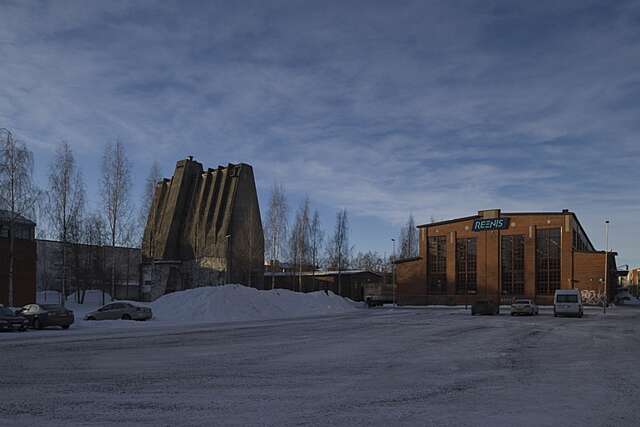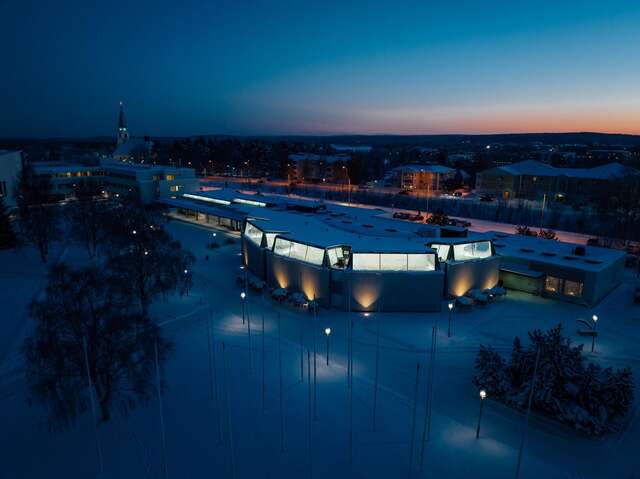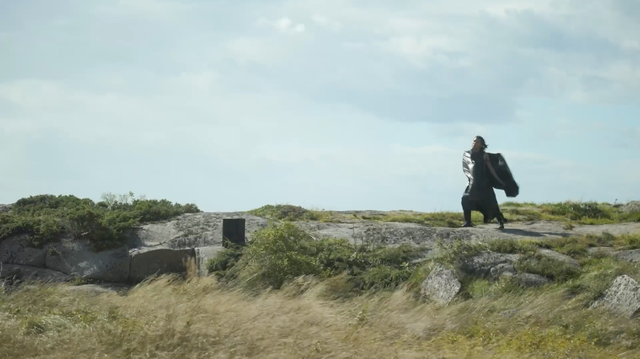Emma Komi's awarded thesis explores how the built environment could be safer for birds
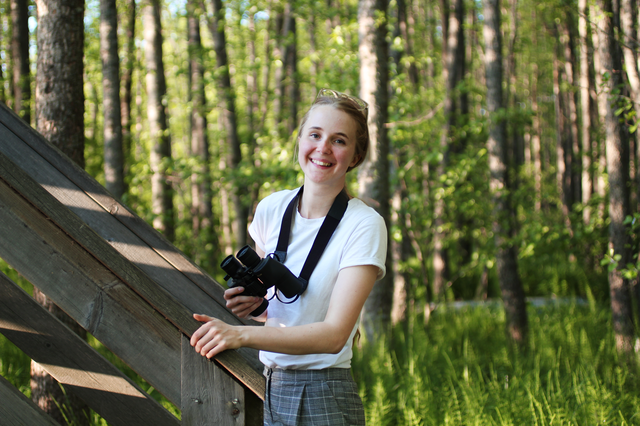
Emma Komi
Emma Komi, from Aalto University, was awarded the annual Wuorio Prize by Safa for the best thesis. The newly graduated architect explains the threats that designers' choices can pose to birds and why the topic is important.
The built environment creates a range of problems for birds. While the indirect
effects of construction on birds have been discussed for some time, the direct problems caused by buildings are less well known. The extent of bird deaths caused by buildings is only just becoming clearer, but on the basis of current knowledge, it is thought that buildings cause billions of bird deaths each year.
In my thesis "Architectural methods for preventing bird extinction", I review the immediate threats to birds posed by the built environment and propose architectural solutions. The threats are divided into three main problems: glass construction, artificial light and lack of greenery.
Preventing bird deaths is increasingly important, as 35% of Finland's bird species are already endangered and birds are the fastest declining group of life forms in the country. Despite this, the amount of artificial light and glass in the built environment continues to increase.
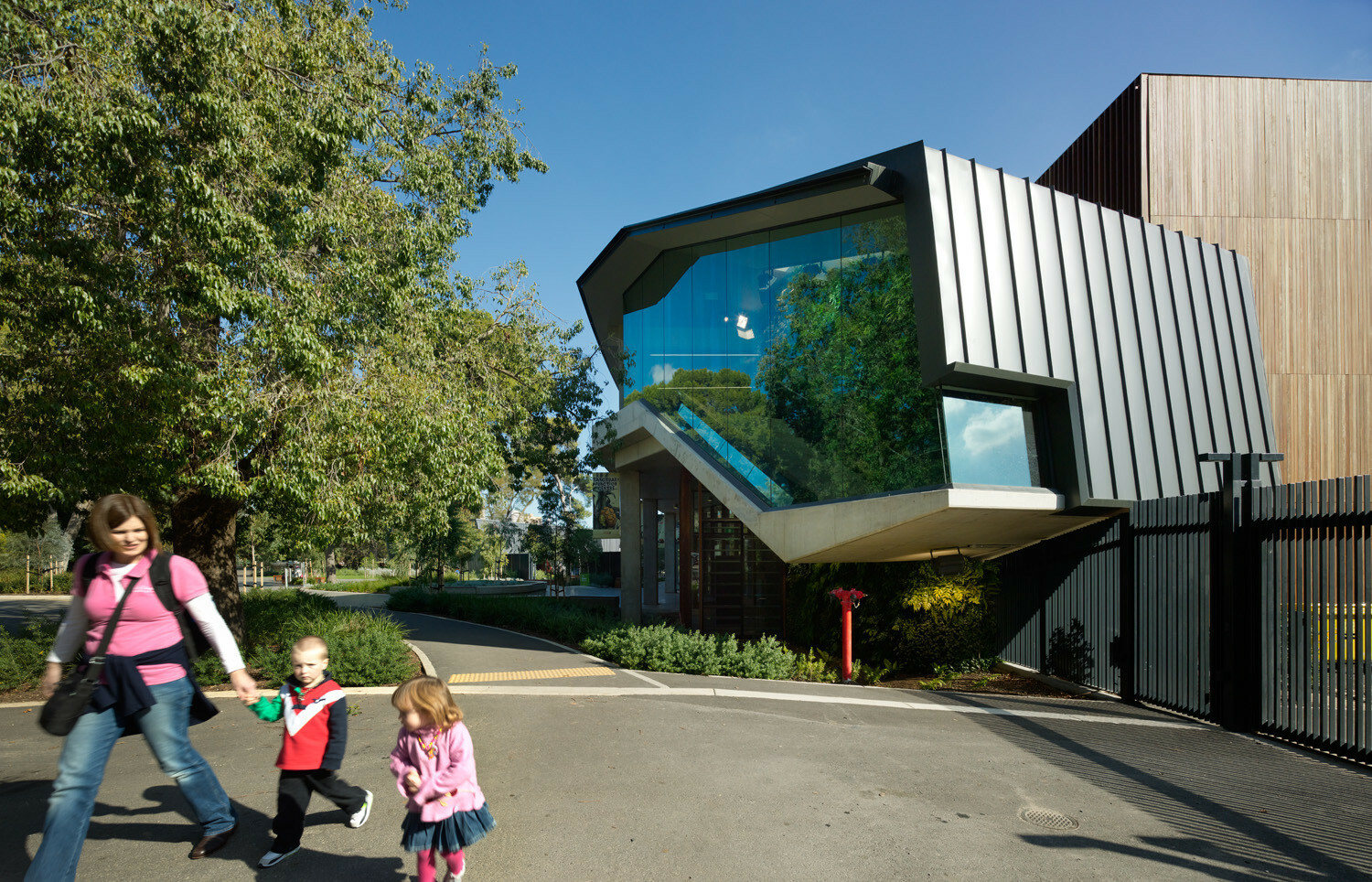
Glass is dangerous for birds for two reasons: transparency and reflections. Clear glass is invisible to birds, and often the glass wall is a barrier to an inviting flight path. On the other hand, a bird will end up flying into reflective glass if it interprets the reflection as the real world.
Glass collisions are the main cause of direct mortality of birds in Finland, with an estimated number of up to twenty million birds losing their lives in collisions each year*. This is a significant number, as the next largest direct cause of human-caused mortality is road traffic, which leads to an estimated 4.3 million bird deaths per year. Around the world, the situation is similar: collisions with buildings are responsible for most or second most of the direct mortality of bird populations.
There are various types of glass solutions. Strategic use of glass avoids the elements that cause most collisions, such as glass corners, glass corridors or highly reflective glass surfaces near vegetation. Similarly, shading glass, for example with canopies or placing glass behind a balcony zone, can reduce a significant proportion of reflections.
Alternatively, glass can be made visible to birds for example by printing patterns on the glass using silk-screen printing. Frosted glass, curved glass and glass tiles also reduce collisions, either because they do not produce reflections on their surface or because the reflections are clearly identifiable as being different from the real world.
There are also new innovations on the market to reduce bird collisions. One of these is UV patterned glass, which appears clear to the human eye, while most bird species are able to see UV light. However, not all birds can see UV light and UV patterned glass does not prevent collisions in all lighting conditions.
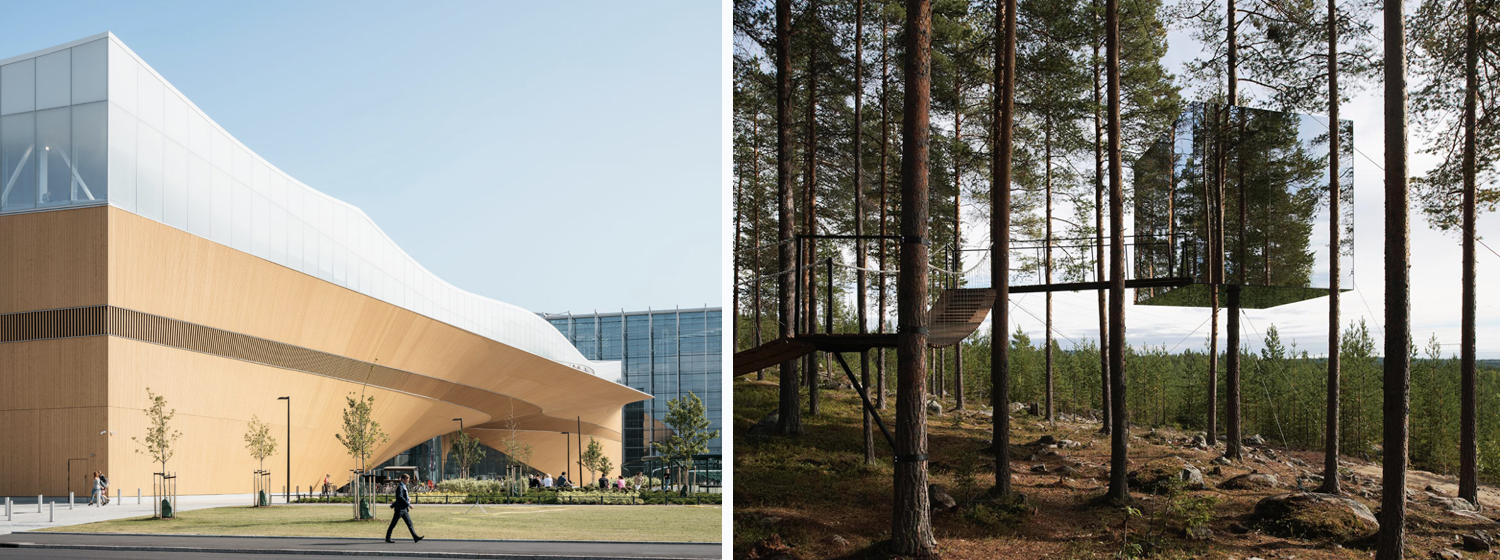
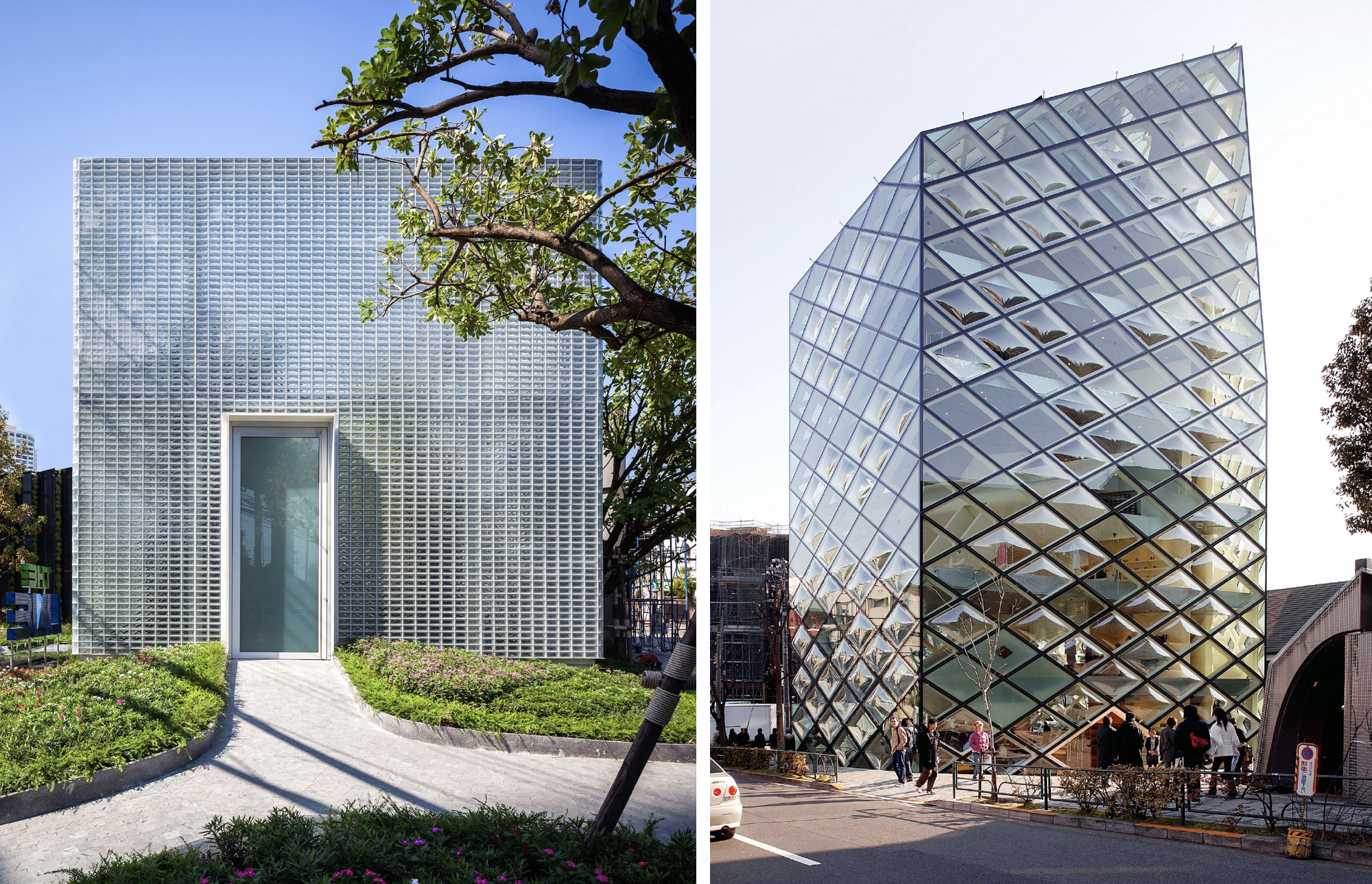
Artificial light is particularly problematic for migratory birds. The exact cause is not known, but it has been observed that strong light attracts migrating birds at night. It is thought that artificial light disturbs the birds' sensitive navigational senses, causing many birds to become fatigued, aimlessly circling light sources and colliding with illuminated buildings. In addition, illuminating glass buildings at night increases the number of glass collisions during the day, as birds flock to urban areas to rest, attracted by the light. In Finland, the number of collisions caused by artificial lighting at night is estimated to be around 20 000 per year.
The bird-friendly and architectural treatment of light is based on limiting the amount of light that shines, especially upwards. Light flare can be prevented for example by placing light sources in various indentations or under canopies, or by using domes to prevent upward flare. To reduce light pollution, it would be important to study the combined effects of the light sources in an area and try to illuminate only the areas that are needed.
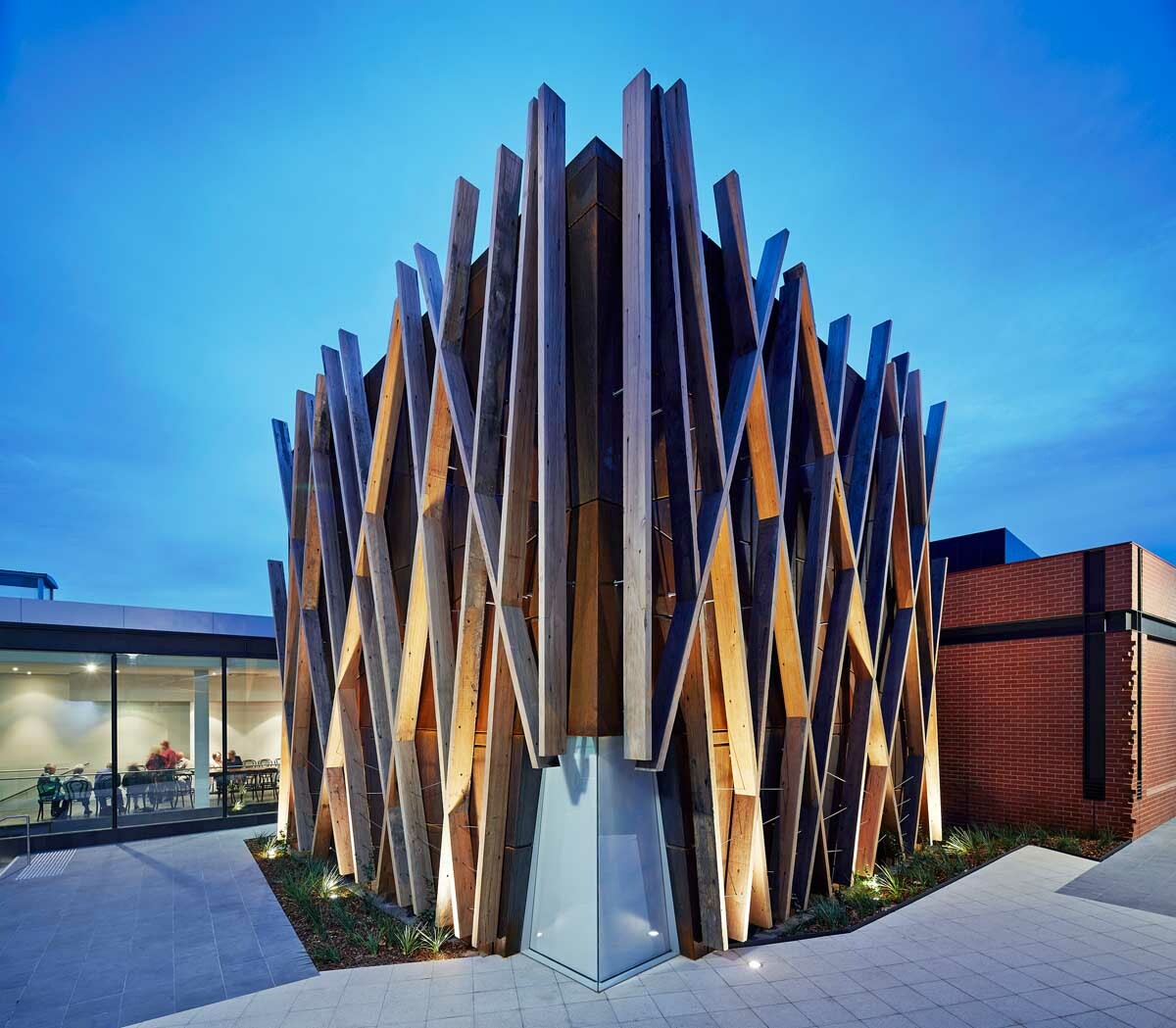
The lack of green infrastructure is a wider problem and more difficult to measure. The problem is part of a widespread loss of habitat that highlights the importance of the built environment also as a habitat for birds. If the built environment can provide space designed to meet the needs of birds, this will reduce the need for birds to nest in places that are not favourable to people, such as eaves. Birds are therefore able to make use of green structures in a variety of ways. For example, birds use green walls and canopies for nesting, foraging and shelter.
Adding greenery to the built environment can, at best, help increasingly confined birds to adapt to a changing environment. In particular, where green structures form extensive green networks, they act as ecological corridors, allowing birds to move from one area to another in a protected way.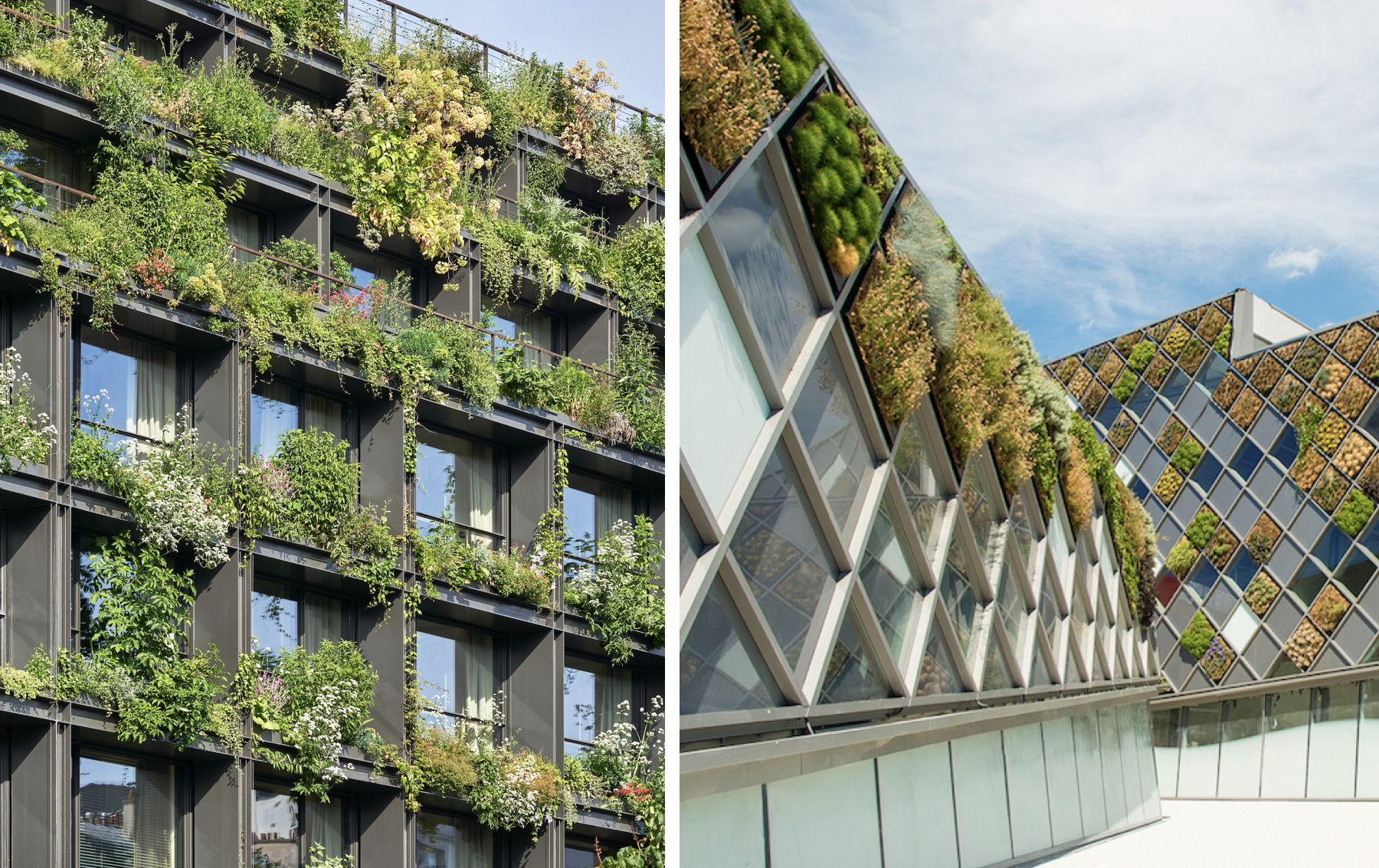
When designing green structures, it is important to avoid the unintentional creation of ecological traps. For example, the use of glass walls to enclose a green roof that is attractive to birds can cause a significant number of collisions, which can negate the positive effect of the green roof.
For birds, the greatest benefit of green structures is achieved when they are designed to be diverse in terms of plant species, materials and sizes. Green roofs in particular have huge potential to improve the environment for non-urban birds.
Glass, lighting or greenery alone cannot save declining bird populations. However, birds facing increasingly difficult conditions will be able to cope with future challenges better if the factors that cause unnecessary mortality are reduced.
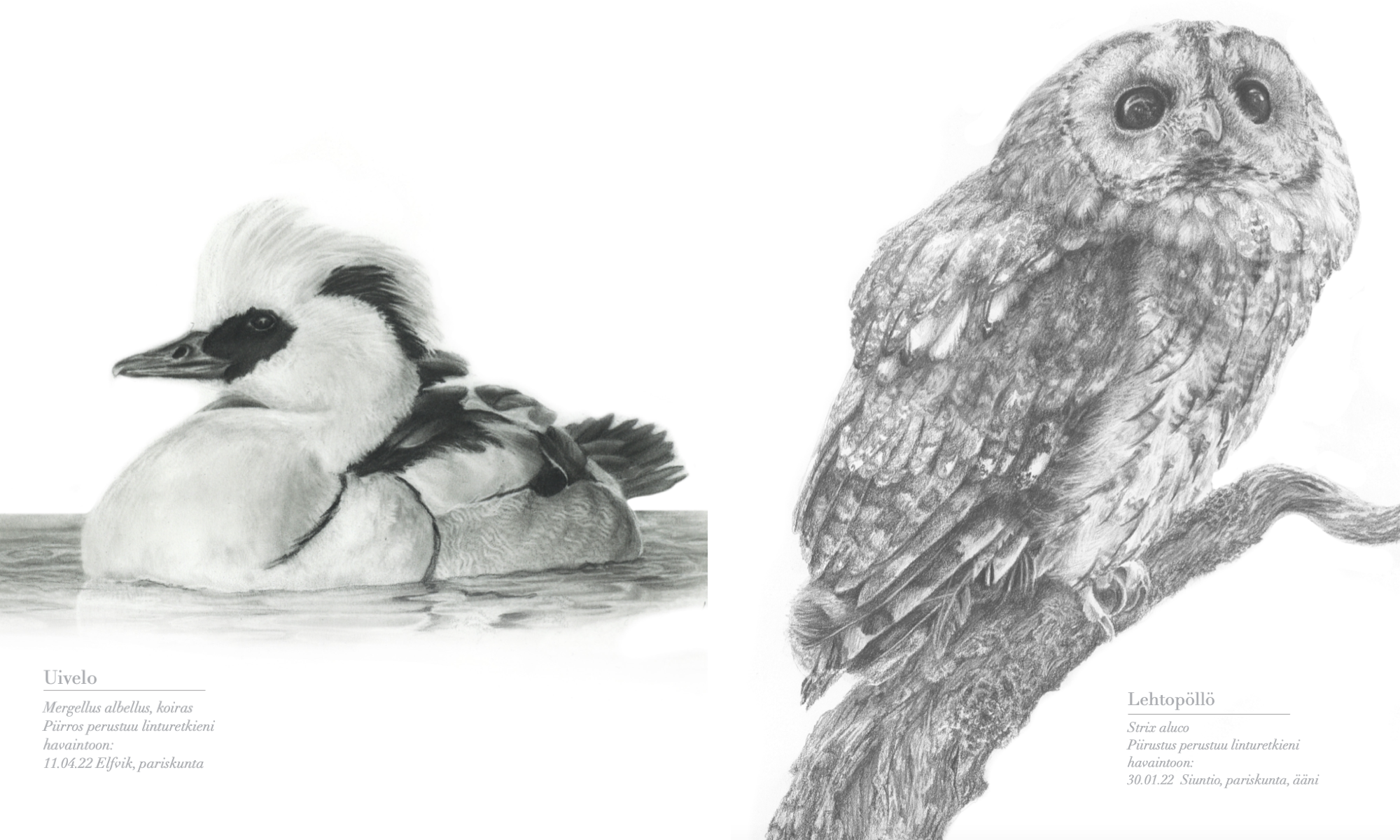
*A recent study on the number of glass collisions in Finland only came to my attention after the publication of the thesis.
Source: Asseri Laitinen, Aapo Salmela & Anssi Vähätalo: ”Lintujen ikkunakuolleisuus Suomessa”. Linnut-vuosikirja 2021, BirdLife Suomi 2021.
Emma Komi graduated as an architect from Aalto University in spring 2022. Her thesis was supervised by Professor Jenni Reuter and guided by Anni Vartola.
